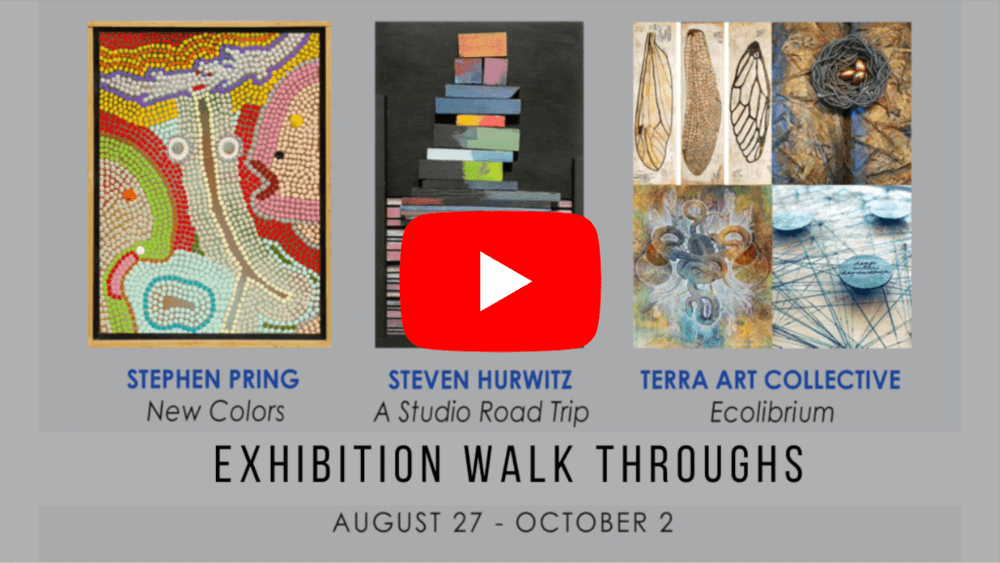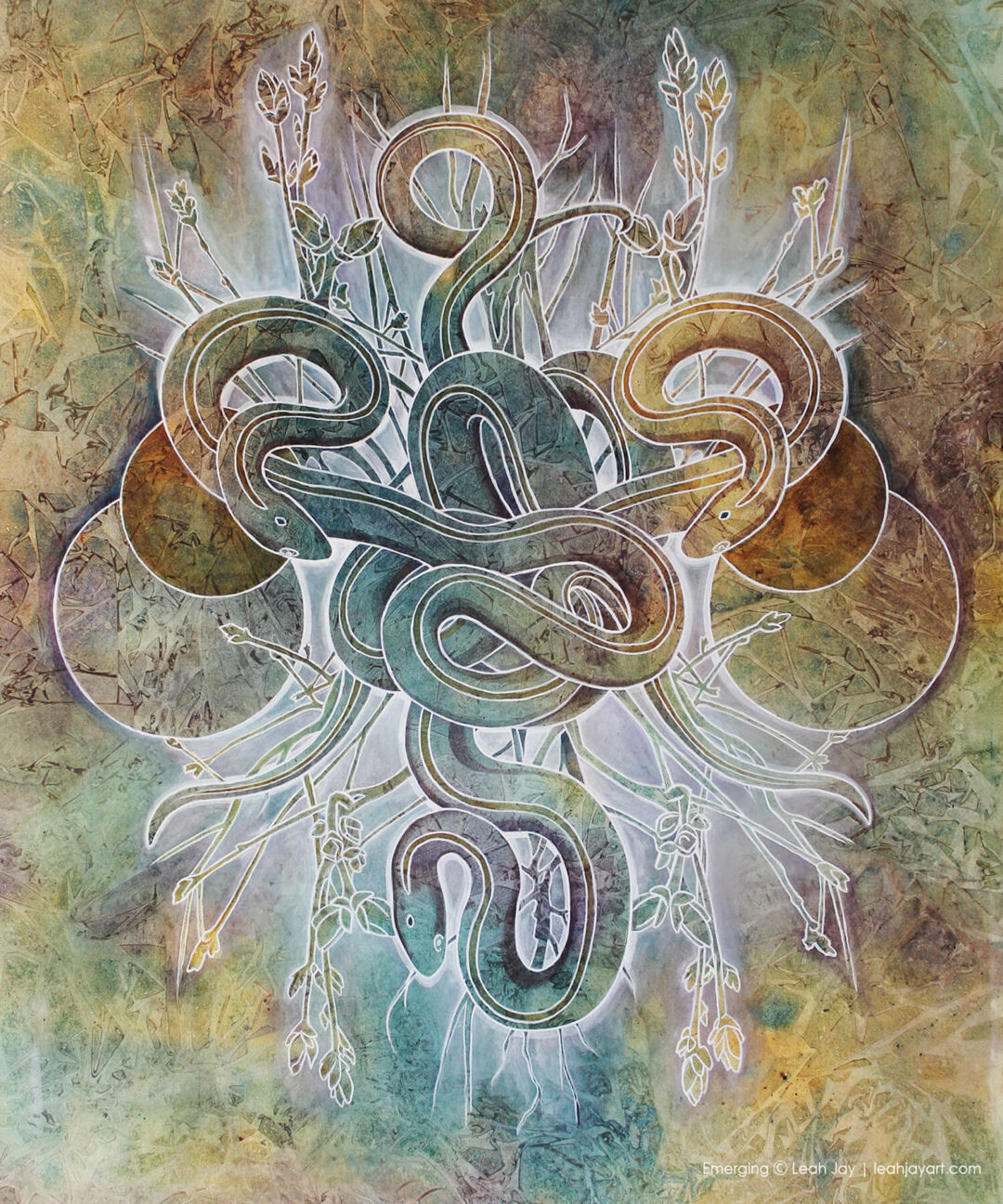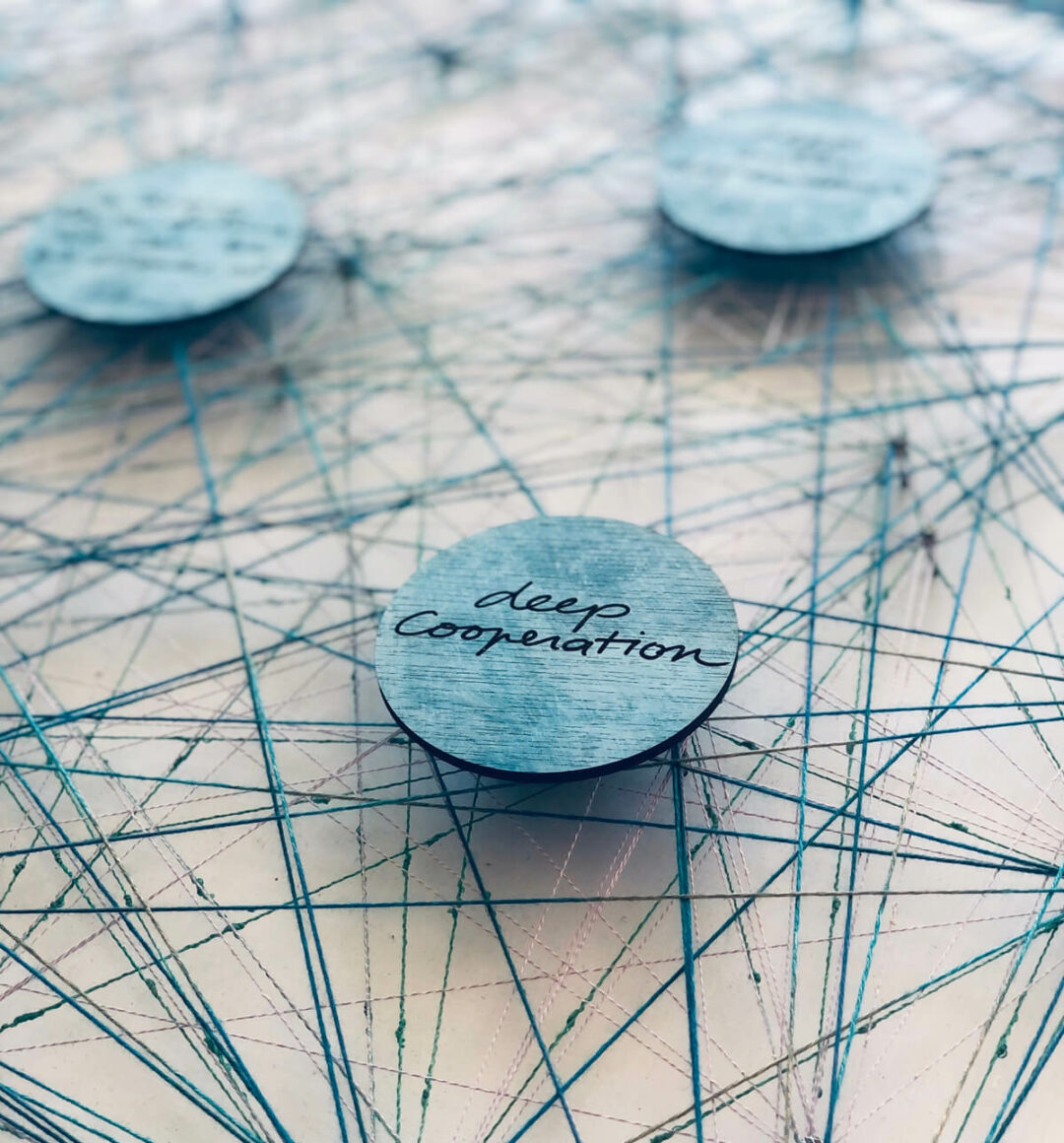Featuring the work of Terra Art Collective’s four members, Ecolibrium presents watercolors, encaustics and interactive installations that are thematically focused on the need for a new ecological balance, one which satisfies human needs while fostering a vital, productive natural environment.
In Ecolibrium, Terra Art Collective communicates new visions and information as it engages these urgent issues, striving to create art that will help us discover and articulate our new ecological balance. The artists featured in the exhibit include:
empty
Shannon Amidon
Shannon Amidon employs molten beeswax and ephemera to explore the cycles of life, calling attention to transitory and fragile nature of the living biosphere. A love letter to the critical roles that insects play in the environment, her elegant works are created from a variety of natural elements such as encaustic, gold leaf, pyrite, insect wings, and vintage ephemera which collectively celebrate the many contributions insects make to the natural world. These numerous and delicate pieces hold a hint of warning of what can be lost to future generations.
By portraying the cycles of life, death, and impermanence in her work, Amidon calls attention to the importance of insects, inviting viewers to see nature not as a backdrop but as a vital element of our existence.
She writes, “Through images of bees, honeycombs, dragonflies, moths, and other flora and fauna, I put my encaustic materials to emphatic use—these pieces not only portray a threatened world, but they also call attention to the fact that the very medium of encaustic cannot exist without the survival of bees.”
Deborah Kennedy
Deborah Kennedy creates conceptually based installations and paintings, and has published an award-winning book reflecting on the sixth mass extinction and the regenerative power of the biosphere that supports each of our lives. Her installation, Library of Life, offers a sanctuary for visitors to contemplate today’s ecological challenges. The installation features altered books reflecting on various environmental problems, such as diminishing human reproductive health, the global water crisis and the alarming declines of bees, amphibians and birds.
“In my art and books, I seek to foster a deep understanding of our dependence on the complex web of life and both its strength and fragility. Also, I strive to reveal the power of natural regenerative forces and find potential pathways toward a thriving world. Even today, I believe in the possibility of hope, although I often envision my work as using butterfly wings to beat down mountains.”
Leah Jay
Leah Jay utilizes the natural qualities of water-based media on paper to capture the sacred and transformational nature of the living world. Through her watercolors and poems, she makes contact with what we are losing, and what we have lost. She invites quiet, personal, intimate experiences with these creature spirits so that we can notice and listen to their messages that go beyond language.
She writes, “Through imagery ranging from the abstract to the realistic…my art and poetry works are prayers to the interconnectedness, sacredness, and fragility of all life during a time of intensifying ecological collapse.”
Michele Guieu
Michele Guieu is a collapse-aware multidisciplinary artist and activist. She creates ephemeral art installations in natural environments as well as public spaces, bringing awareness to the systemic and catastrophic, man-made crises we face today.
“Inspired by nature, my large-scale art installations are designed to provoke environmental awareness and activism. Minimizing the use of new materials…almost all of my work is ephemeral, emphasizing the fragility of our ecosystems and the necessity to think about the materials we use. I engage the public with participatory installations, curating interactive designs that aim to educate, and I frequently work with youths on interactive projects about sustainability and ecological crisis. Currently, I am developing What’s Next for Earth, a participatory art project supported by the Millennium Alliance for Humanity and the Biosphere, an initiative of Stanford University.”
Walk Through





